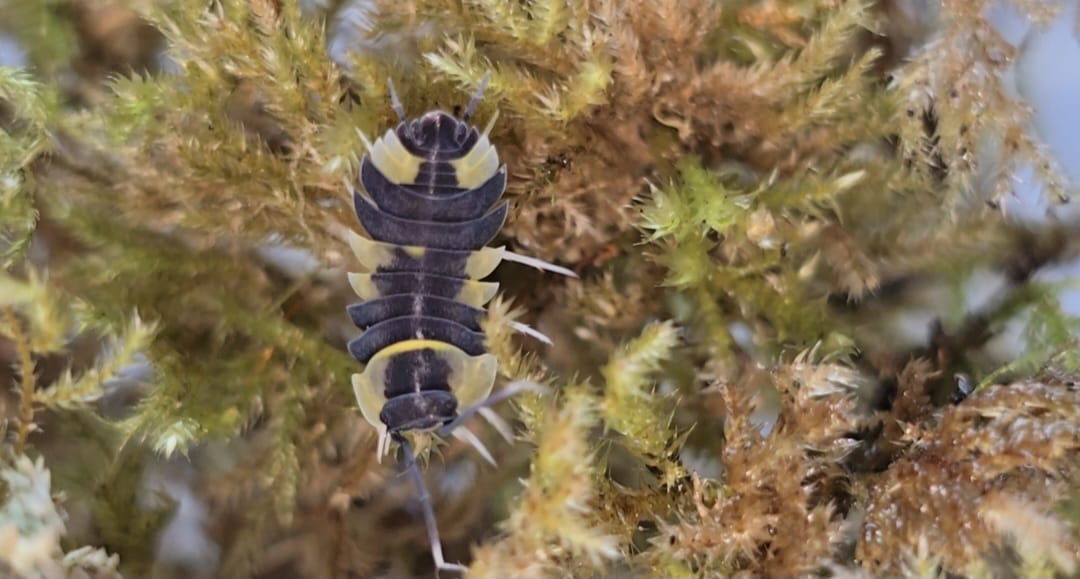Isopod Evolution: The History of Isopods - Read Now
Isopods are fascinating little creatures that are members of the subphylum Crustacea. Isopods are a species rich group of isopod crustaceans, with global diversity spanning marine, freshwater, and terrestrial habitats. They are also commonly referred to as pill bugs, sow bugs, woodlice, and potato bugs. These creatures are terrestrial crustaceans, meaning they live on land rather than in the water. Isopods are known for their unique segmented exoskeleton, which resembles armor and provides them with protection against predators.
The history of isopods goes back millions of years, and their evolution can be traced through the fossil record. Isopods are believed to have originated in the oceans during the early Paleozoic era, approximately 540 million years ago. Early isopods were marine species inhabiting marine environments, and marine isopods remain a significant component of aquatic life today. During this time, the Earth’s climate was much different than it is today, and the seas were teeming with a wide range of life forms.
The earliest known isopod fossils date back to the Ordovician period, which occurred from approximately 485-443 million years ago. These fossils are found in marine sediments and are believed to represent the ancestors of modern-day isopods. The isopod fossil record, including fossil crustaceans, provides morphological evidence for reconstructing evolutionary history and phylogenetic relationships. These primitive isopods were small, about the size of a grain of rice, and had a flat body shape with distinct segments. Cretaceous research and the role of natural history museum collections have further contributed to our understanding of isopod evolutionary history.
Over time, isopods adapted to life on land, and today, most species of isopods are found in terrestrial environments. The first land-dwelling isopods appeared during the Devonian period, which occurred from approximately 419-358 million years ago. These early land-dwelling isopods were known as pneumodesmids and were found in damp environments such as forests and meadows. Evolutionary transitions from marine habitats to terrestrial life and freshwater habitats are key events in isopod evolution, and terrestrial isopods and freshwater isopods represent important terrestrial species and freshwater species, respectively.
During the Carboniferous period, which occurred from approximately 358-298 million years ago, isopods evolved to become more complex and diverse. It was during this time that some isopods evolved into herbivores, feeding on decaying plant matter and detritus. Others evolved to become carnivorous, preying on other small invertebrates. Morphological characters and molecular and morphological evidence are used to study these evolutionary transitions and phylogenetic estimation in isopod evolution.
The Mesozoic era, which occurred from approximately 252-66 million years ago, was marked by a significant diversification of isopods. During this time, isopods evolved into a wide range of shapes, sizes, and ecological niches. The emergence of parasitic groups, such as parasitic isopods and fish parasites, and the evolutionary adaptation of isopod groups to new ecological niches, including coral reefs and deep sea habitats, occurred during this period. Some isopods evolved into parasitic forms, feeding on the blood of other animals. Others evolved to live in harsh environments such as deserts or caves.
Today, there are over 10,000 known species of isopods, found all over the world in a variety of different habitats. Many undescribed isopod species and new species are still being discovered, especially in marine science and deep sea research, and world marine databases help catalog this taxonomic diversity. Isopods are important members of many ecosystems, playing important roles in nutrient cycling and as prey for larger animals. Crustacean symbionts, obligate parasites, and crustacean parasites are significant in evolutionary ecology, contributing to the diversity of ecological roles within the group.
Some of the most well-known and beloved species of isopods include pill bugs, commonly found in gardens and under rocks, and ocean-dwelling types such as the deep-sea giant isopod, which can grow up to 14 inches long. Giant isopods and deep sea isopods exhibit unique evolutionary adaptation to deep sea habitats, and genome sequencing and genome assembly studies have revealed the structure of isopod genomes and protein coding genes.
In conclusion, the history of isopods is a long and fascinating one, stretching back millions of years to their origins in the oceans. Modern systematic biology, arthropod systematics, and invertebrate systematics use molecular data, transcriptome data, mitochondrial protein coding genes, and phylogenetic analyses (including relaxed molecular clock and phylogenetic inference) to study evolutionary relationships among closely related isopod species and other crustaceans. Over time, isopods adapted to life on land and became an important part of many different ecosystems. Today, they continue to be a diverse and intriguing group of animals, captivating scientists and nature enthusiasts alike. The distribution of isopod groups across the northern hemisphere, and their comparison with other crustaceans and insect evolution, further highlights their global diversity and evolutionary significance.









